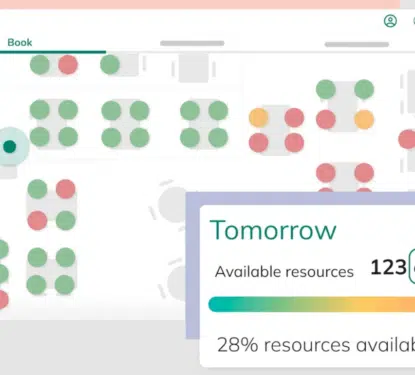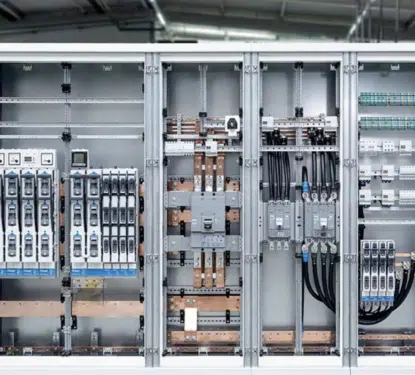The smart building sector evolves and expands each year, driven by new technologies, applications, regulation and steadily increasing adoption. As we get into the swing of another year of smart building development, some important questions are knocking on our door. Is this the Best way to Optimize? The sunrises on a new morning, smart blinds automatically retract to allow the sunlight to illuminate and heat the office to optimum temperature. Forecasting suggests a warm day, so would it be better to just keep the blinds down to reduce the energy needed for cooling? Should we cool or use natural ventilation, and what if someone wants to open a window when it’s warm later, how do we prepare for that? By 10am half the office has called in sick, did we need to cool the whole building and what difference will the reduced body heat make to the cooling process? And how can we prepare for […]
Most Popular Articles

Hubstar Acquires Spica Technologies: 4th Strategic Deal Revealed
This Research Note explores the acquisition of UK-based Spica Technologies Ltd (formerly owned by Nordomatic) by Hubstar Group Ltd, announced on 9th October 2025. We examine the Spica Technologies software offering before highlighting Hubstar’s strategy with 4 acquisitions to date and concluding with our view of the transaction. Spica Technologies Profile Spica Technologies is a […]

A SEA of Energy Efficiency Opportunities in 2025!
Southeast Asia stands at a critical juncture in its energy journey. With electricity demand surging by over 60% in the past decade and projected to more than double by 2050, the region presents both a formidable challenge and an extraordinary opportunity for energy efficiency solutions. Our new report is a collaboration with Singapore-based Ampotech and […]

Hager Group’s Energy Management Software Expansion: 15 Years of Acquisitions Analyzed
This Research Note examines Hager Group, the German supplier of electrical distribution products for residential applications, which has extended its business focus to commercial buildings. We comment on its recent inorganic growth strategy in energy management software and services, before analyzing the impact of their acquisitions since 2010. Hager Group Profile Hager Group is a […]
